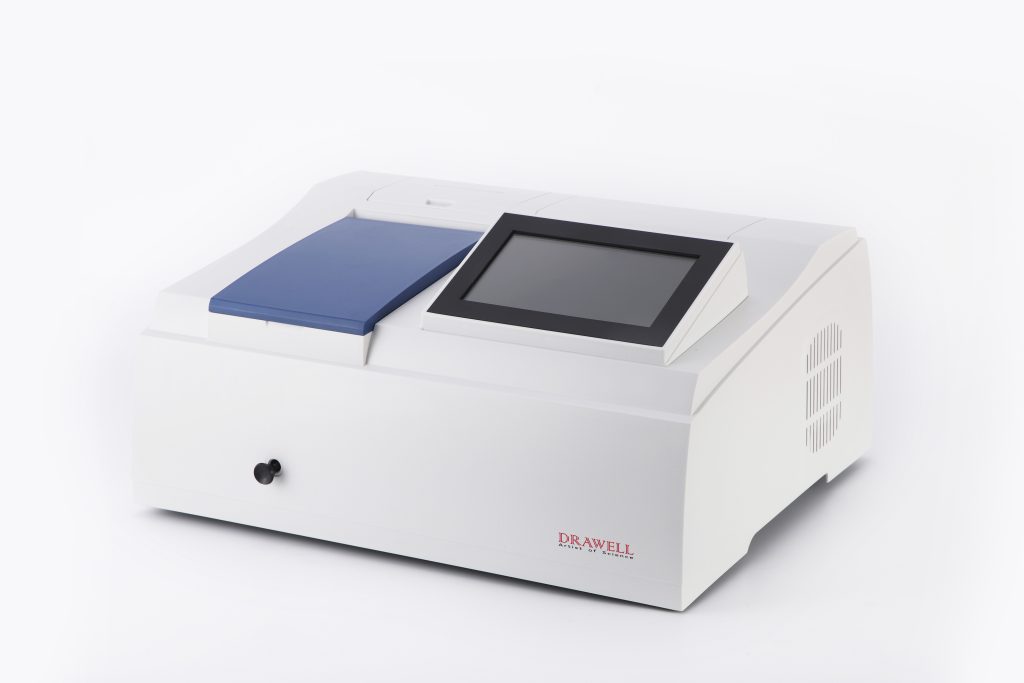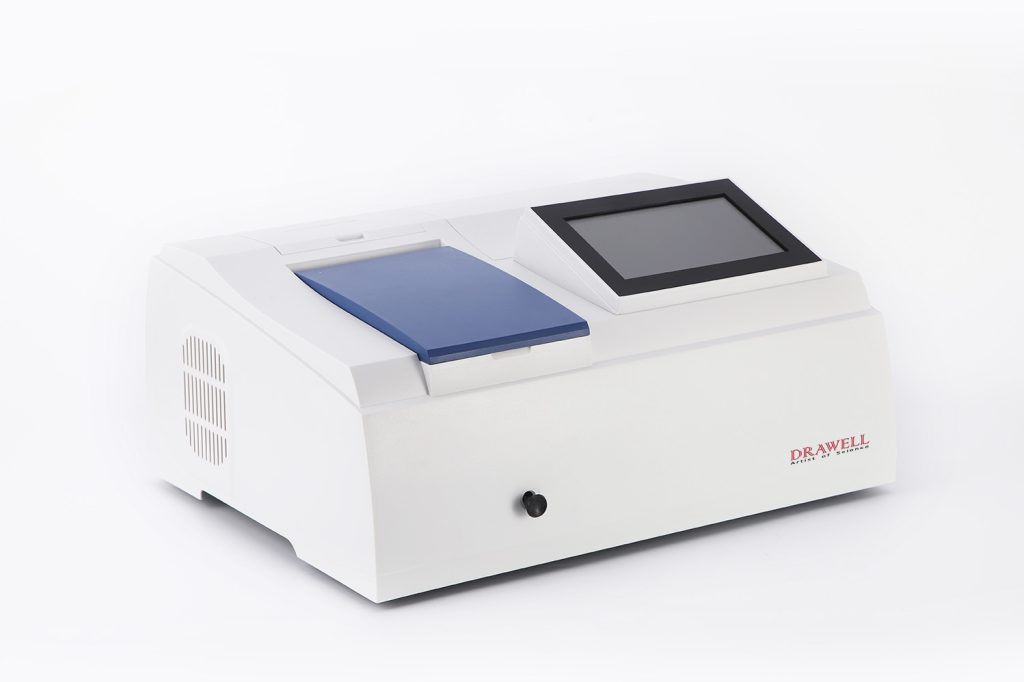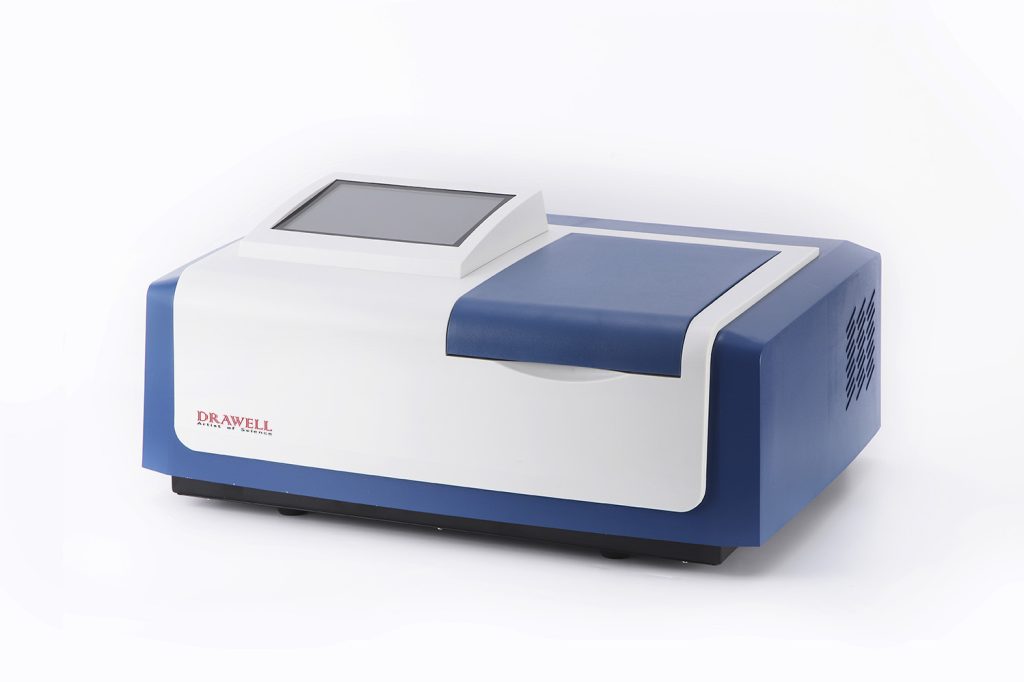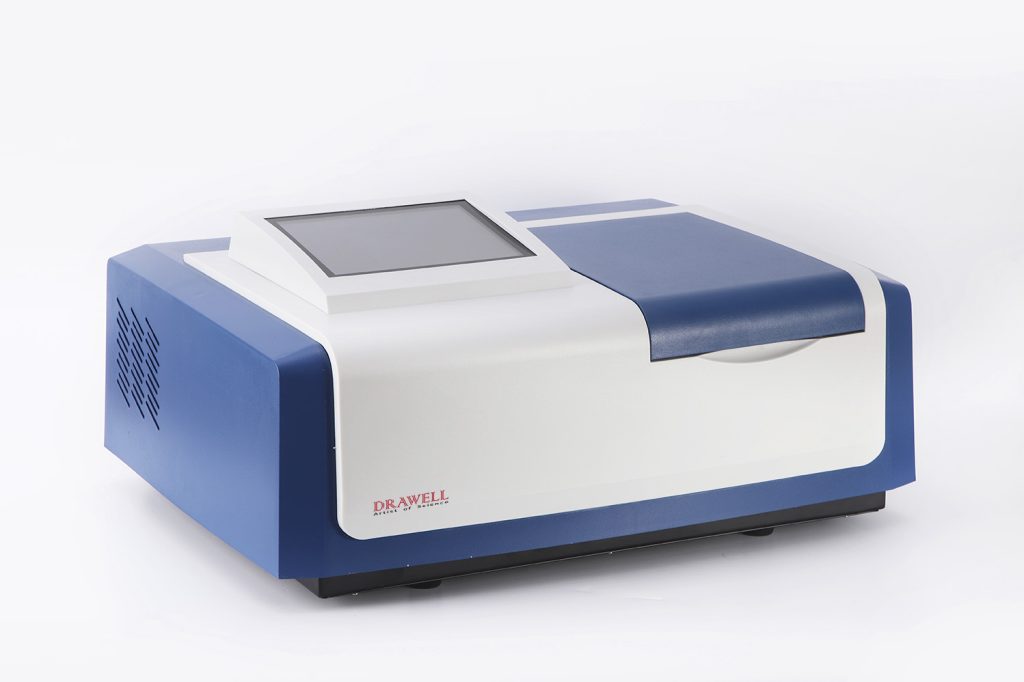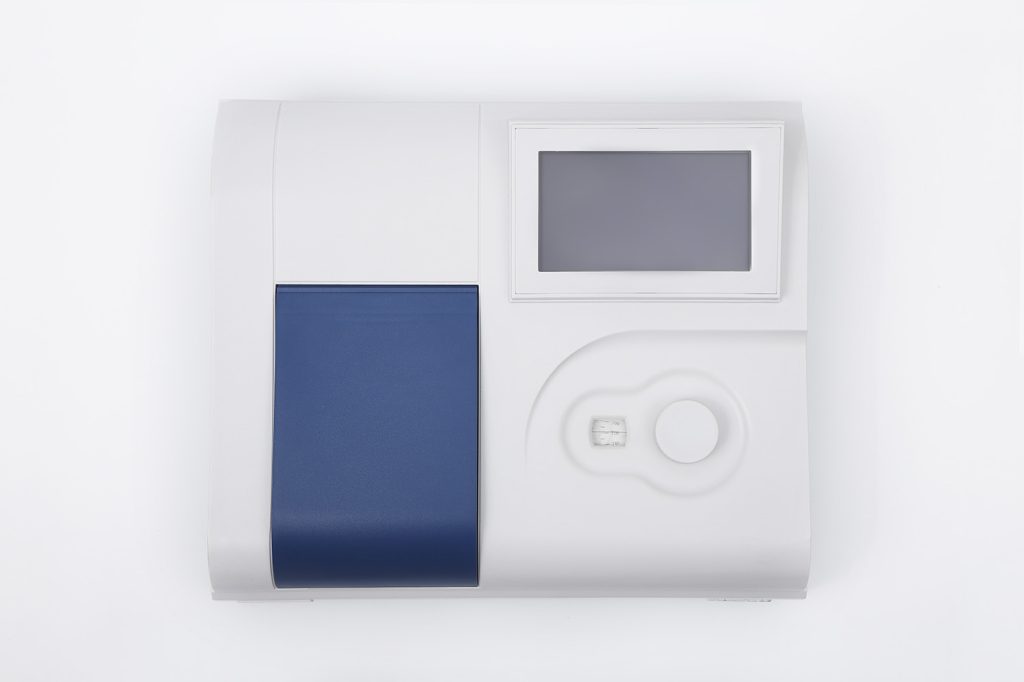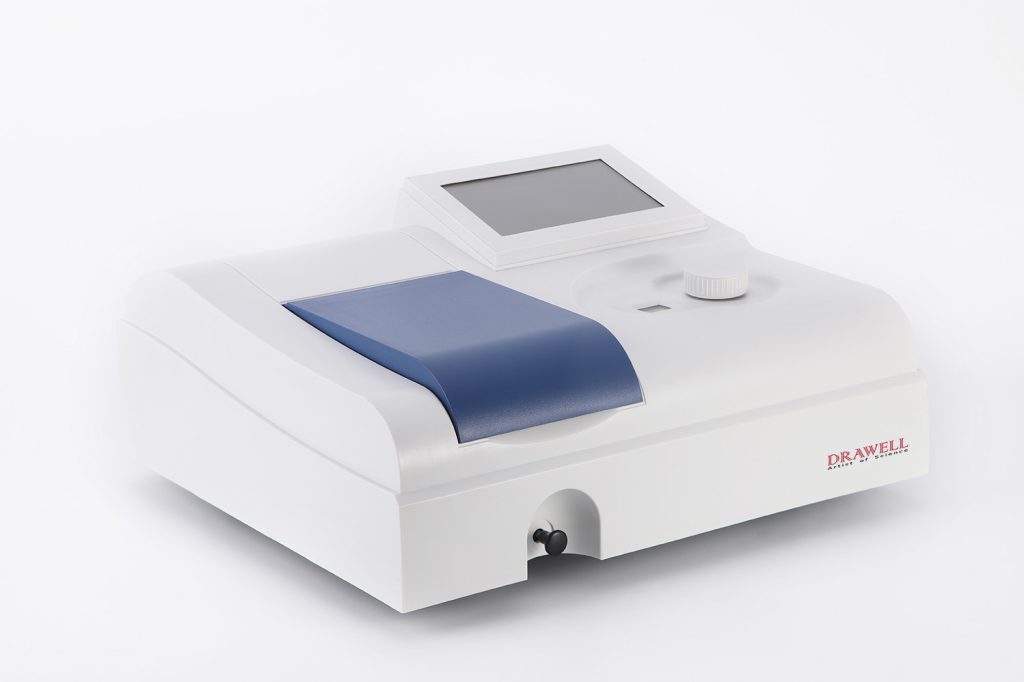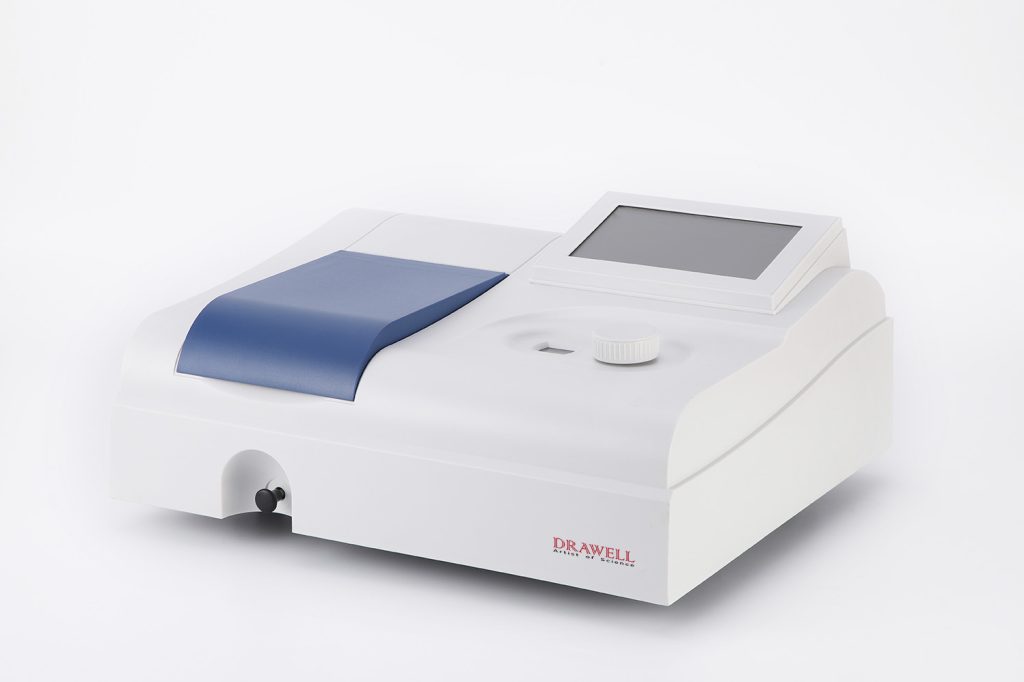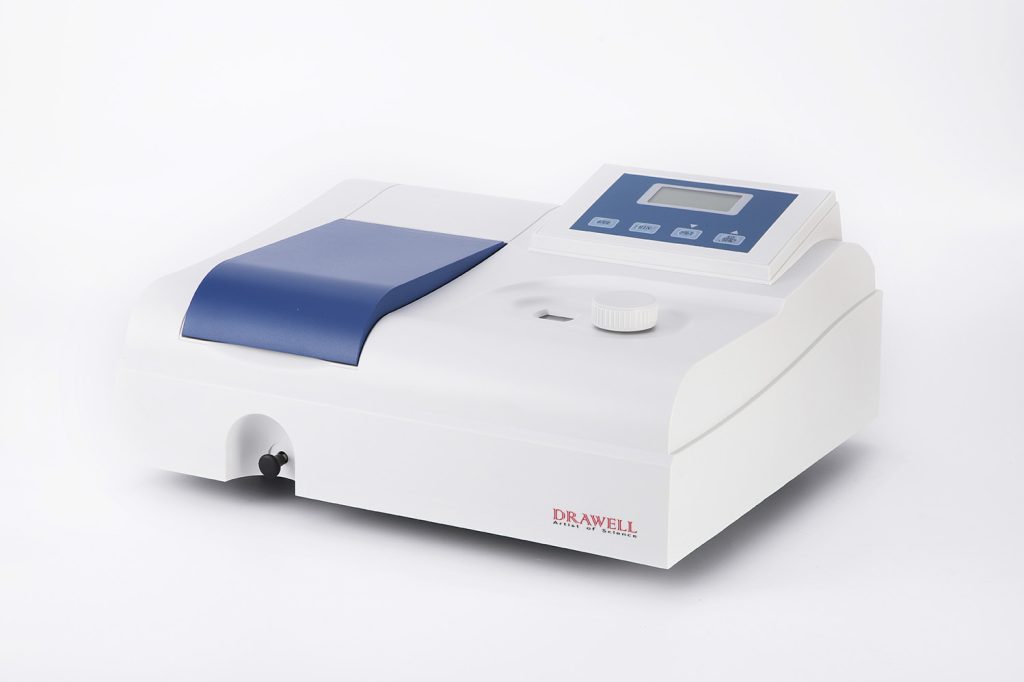UV-Visible spectrophotometry is a widely used analytical technique that plays a pivotal role in studying the composition, structure, and interactions of substances based on their absorption spectra. Its advantages, including stability, flexibility, and ease of maintenance, make it a valuable tool in various scientific and industrial applications. This article delves into the three major functions and applications of UV-Visible spectrophotometry, shedding light on its crucial role in quantitative and qualitative analysis, material characterization, and even molecular structure determination.
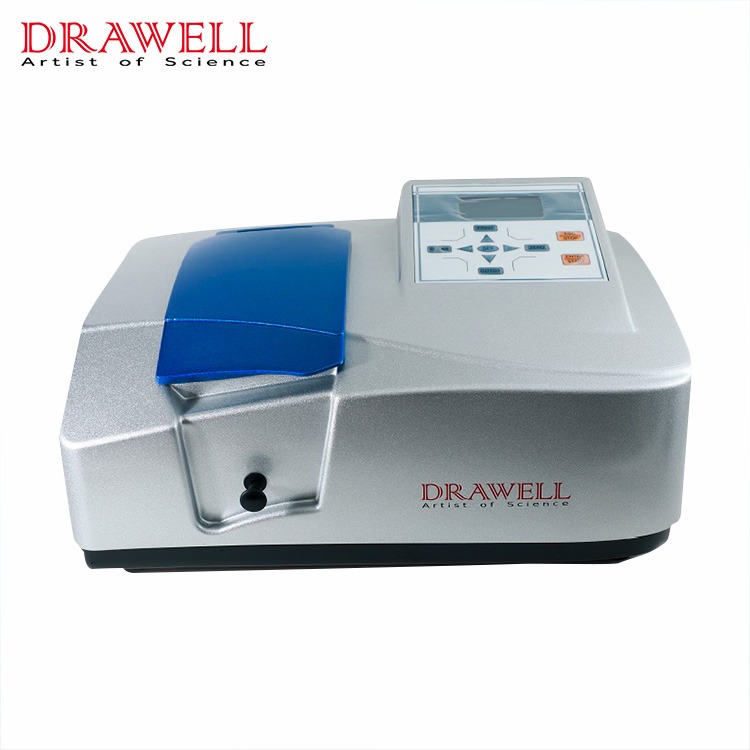
Function and Application 1: Determination of Solution Concentration (Quantitative Analysis)
One of the most common applications of UV-visible spectrophotometry is the determination of solution concentration, also known as quantitative analysis. This function is essential in various fields, including chemistry, biochemistry, and pharmaceuticals.
Quantitative analysis involves comparing the absorbance of an unknown sample to that of known standards. The principle behind this method lies in the fact that the absorption of light at specific wavelengths is directly proportional to the concentration of the absorbing substance. UV-Visible spectrophotometers are equipped with monochromators that allow researchers to select the desired wavelength, making it possible to target specific components in a sample.
For instance, in a pharmaceutical laboratory, researchers can determine the concentration of an active ingredient in a drug formulation using UV-Visible spectrophotometry. By measuring the absorbance of the sample at a specific wavelength, they can quantitatively assess the concentration of the active compound. This information is crucial for quality control and ensuring that the medication meets regulatory standards.
Function and Application 2: Characterization of Material Properties
Beyond quantitative analysis, UV-Visible spectrophotometry is invaluable for characterizing material properties. This function involves assessing how materials interact with light, especially in terms of transmission and absorption.
Consider the example of sunglasses. During a sunny day at the beach or while skiing in the winter, your choice of eyewear can significantly impact your comfort and safety. UV-Visible spectrophotometry is used to determine the transmittance of these eyewear materials at specific wavelengths. By measuring the amount of light that passes through the lenses, manufacturers can evaluate whether the sunglasses effectively block the targeted wavelengths of light, such as harmful UV rays.
Similarly, in the cosmetics industry, UV-Visible spectrophotometers play a vital role in evaluating the efficacy of sunscreens. These products are designed to protect the skin from harmful UV radiation. Spectrophotometry helps assess the sunscreen’s ability to absorb and scatter UV rays, ensuring that it provides adequate protection to the wearer.
Material characterization extends to clothing as well. Fabrics are tested using UV-Visible spectrophotometry to determine their ability to block or transmit light. For example, outdoor sportswear may undergo testing to evaluate its UV protection properties. The measurements generated by the spectrophotometer help manufacturers design clothing that offers optimal protection against the sun’s rays while maintaining comfort and breathability.
Function and Application 3: Determination of Molecular Structure
While determining solution concentrations and characterizing materials are crucial applications of UV-Visible spectrophotometry, this analytical technique can also be employed for a more intricate purpose: the determination of molecular structure.
Every substance is composed of molecules, which, in turn, consist of atoms arranged in a specific configuration. Each molecule exhibits its unique absorption spectra, characterized by the positions and intensities of absorption peaks. While determining molecular structures through UV-Visible spectrophotometry is more challenging than quantitative or qualitative analysis, it is a powerful tool in research and development.
In academic and industrial laboratories, researchers perform experiments that involve analyzing the absorption spectra of molecules. By comparing the spectra of unknown substances to those of known compounds, scientists can make qualitative assessments of the molecular structures. This approach can provide critical insights into the identity and composition of complex organic compounds.
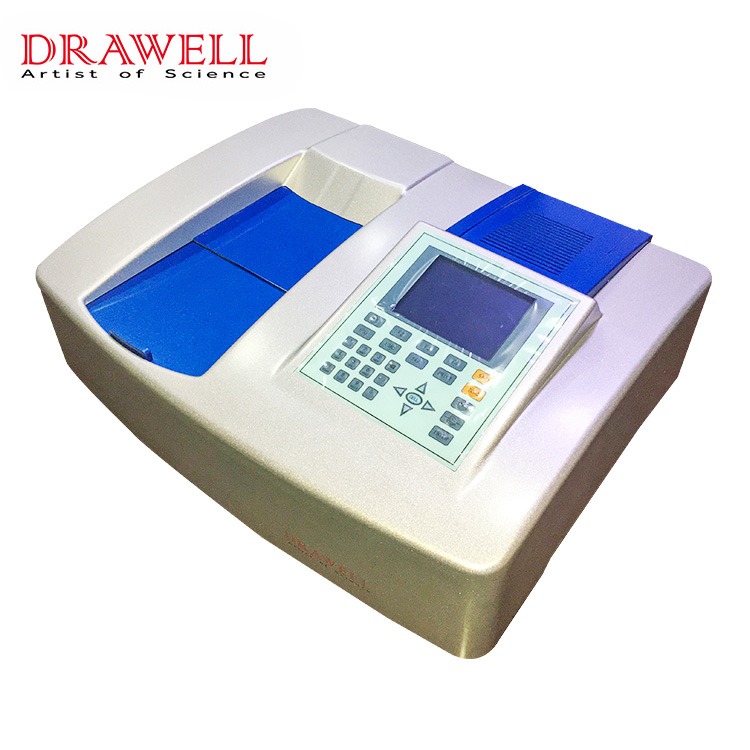
Conclusion
In conclusion, UV-Visible spectrophotometry is a versatile and indispensable analytical technique that offers three major functions and applications. Its role in quantitative analysis, material characterization, and the determination of molecular structure has a profound impact on various scientific and industrial fields.
As technology continues to advance, UV-Visible spectrophotometry remains at the forefront of analytical chemistry, enabling researchers and industries to gain a deeper understanding of the substances they work with. Its versatility, accuracy, and ease of use make it an essential tool for those seeking to unravel the mysteries of matter and harness its potential for various applications.

